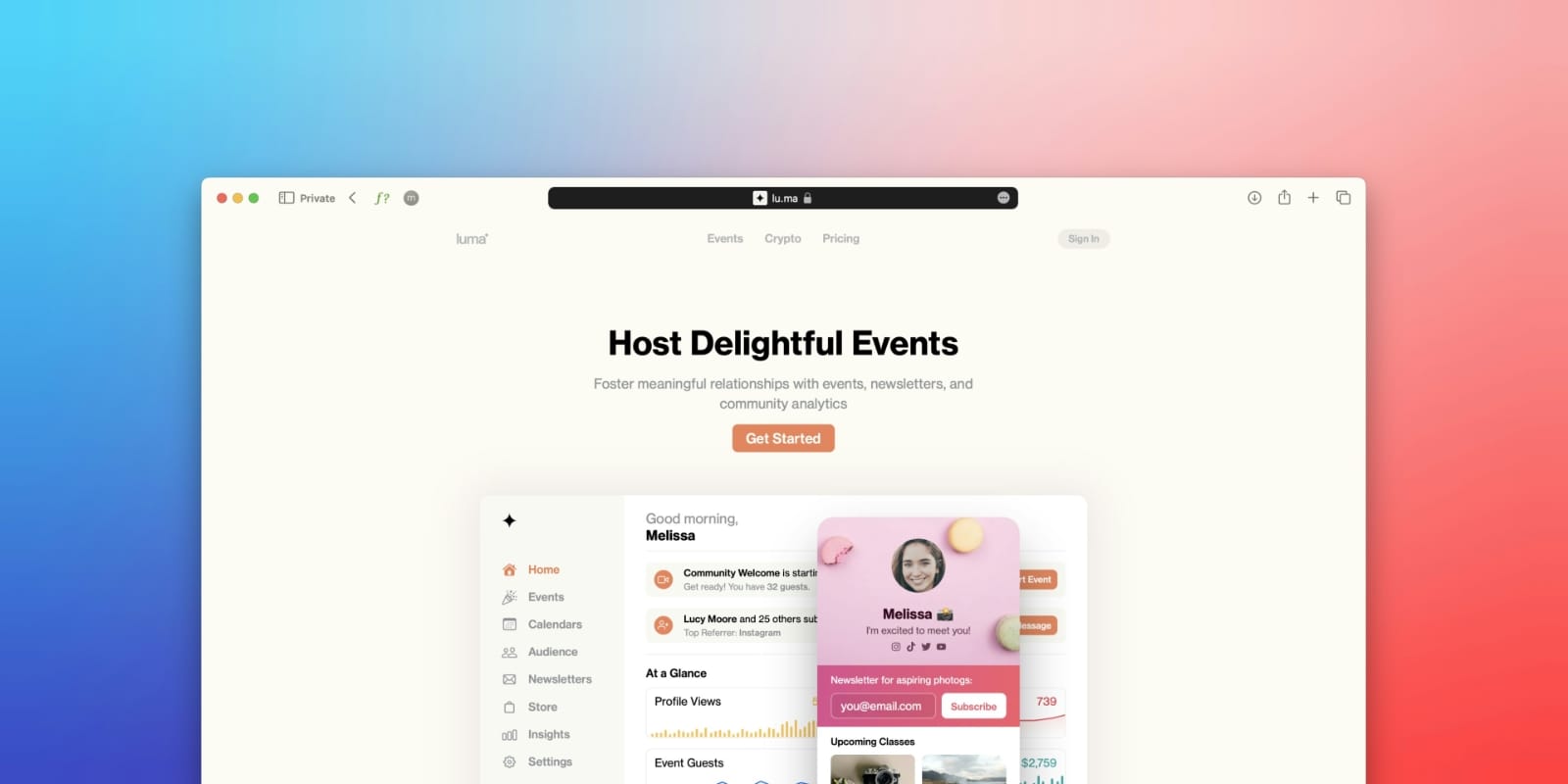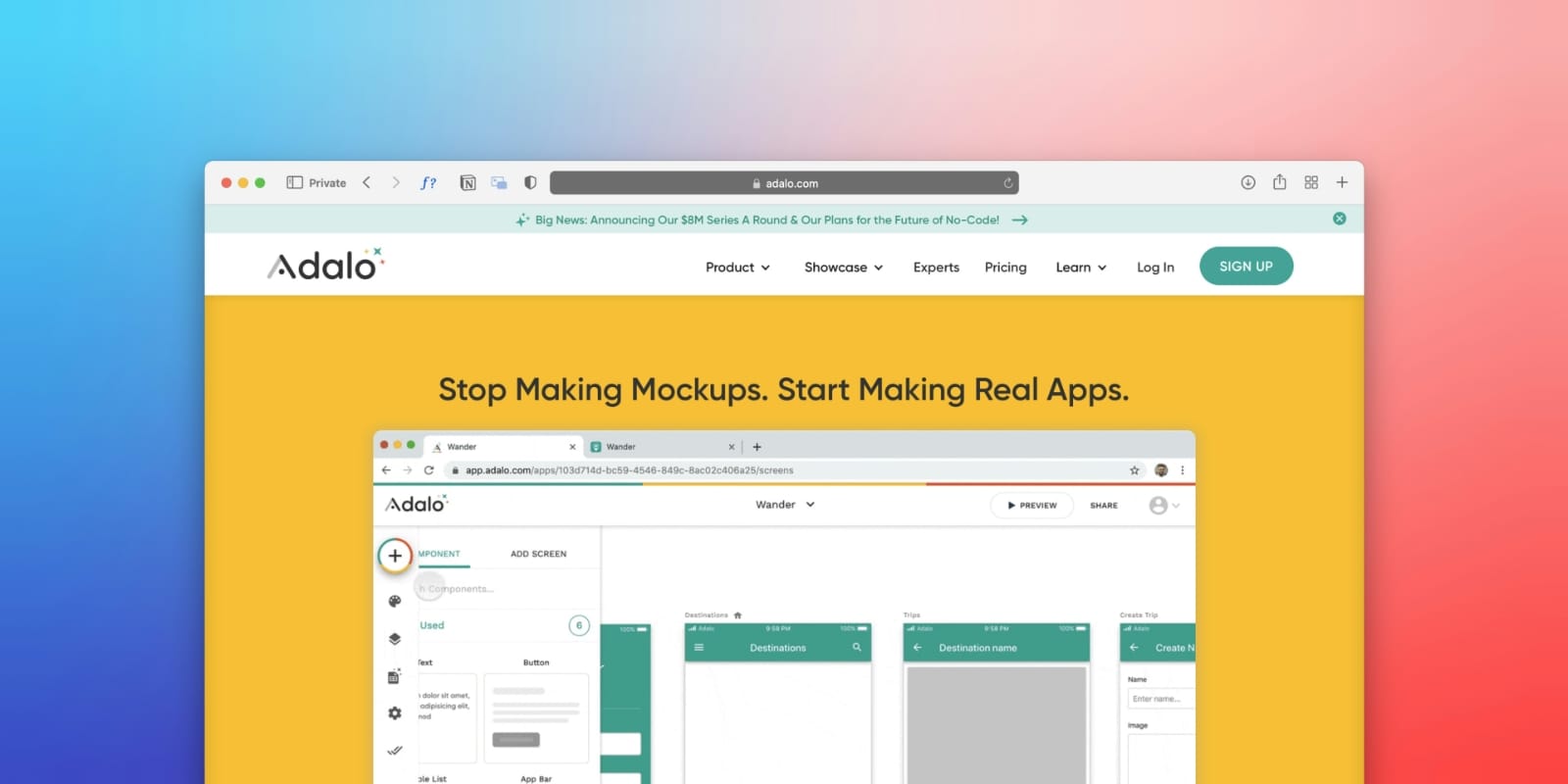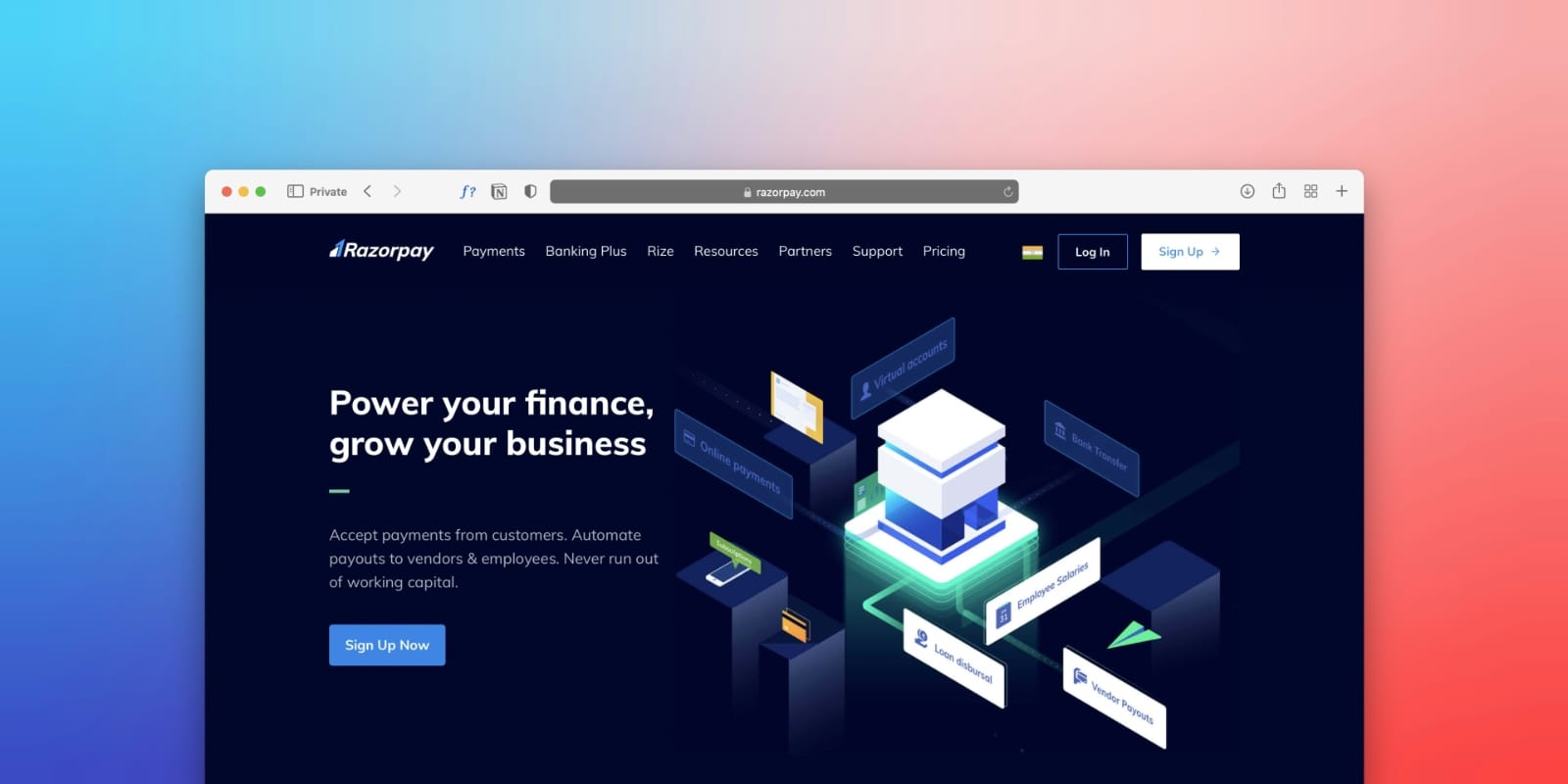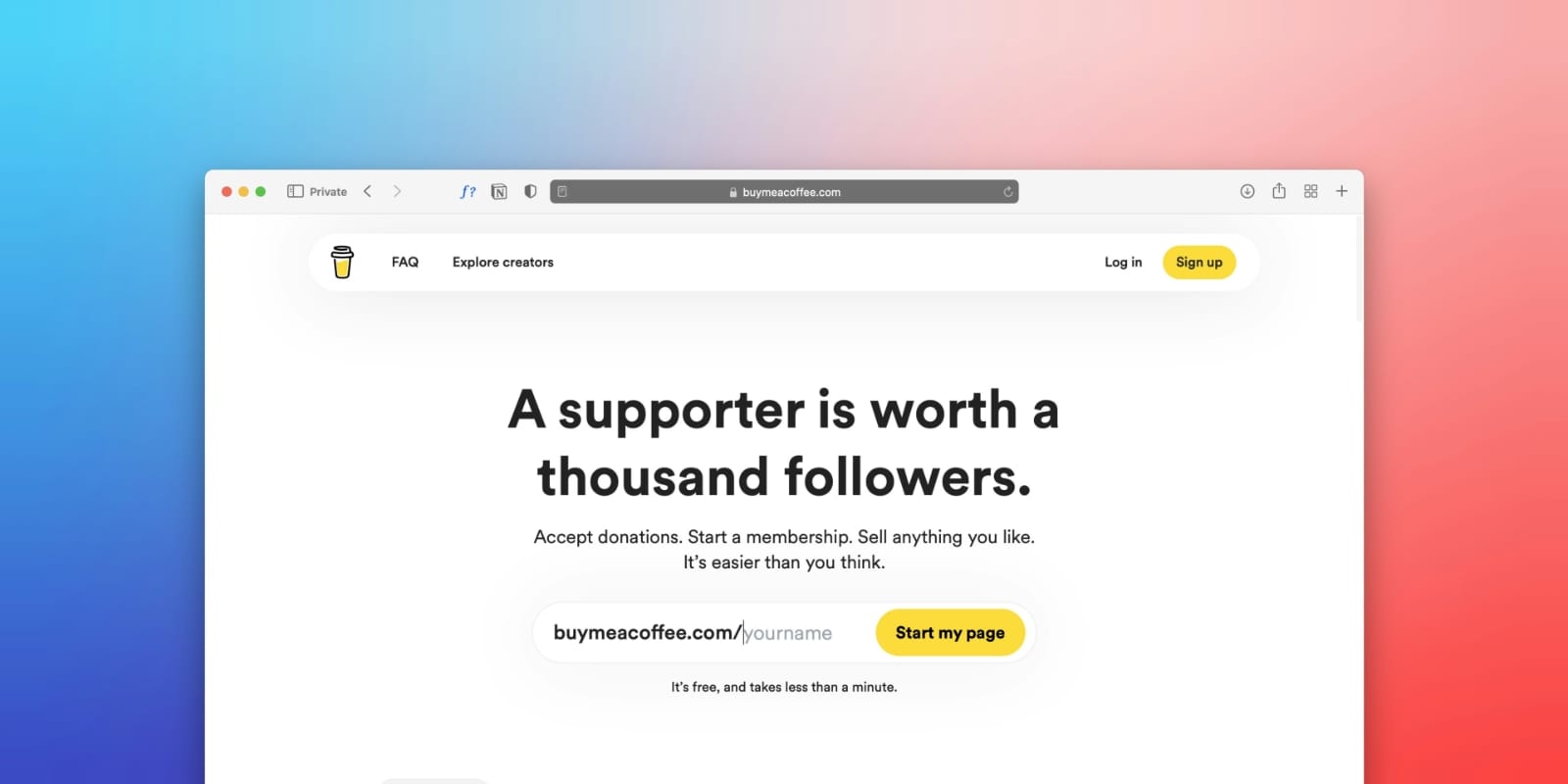Unlocking Innovation in Digital Design
Mobile development is a dynamic and ever-evolving field, and staying ahead of the curve is essential. These simplified visual representations enable developers to iterate quickly, experiment with different layouts, and validate their ideas before investing time and resources into the actual coding process.
Mockup
Mobile development is a dynamic and ever-evolving field, and staying ahead of the curve is essential. One effective way to achieve success in this realm is by leveraging wireframes. These simplified visual representations enable developers to iterate quickly, experiment with different layouts, and validate their ideas before investing time and resources into the actual coding process. When it comes to mobile app design, the significance of mockups cannot be overstated. They provide stakeholders with a realistic preview of the final product, allowing for valuable feedback and ensuring everyone is on the same page before moving forward with development.


Mockups are instrumental in the user-centered design process for mobile apps. They enable designers to test and refine their ideas, ensuring that the visual aesthetics and user interactions align with the app’s goals. By presenting a tangible representation of the app’s look and feel, mockups facilitate user feedback and allow for iterative improvements, resulting in a polished and engaging mobile experience.
The Role of Wireframes and Mockups
Mobile development projects often involve multiple stakeholders, each with their own unique perspective and requirements. Mockups serve as a common language that unifies these diverse perspectives. By presenting a comprehensive visual representation of the app’s design, mockups enable stakeholders to provide constructive feedback, resolve conflicts, and ensure that everyone’s needs are addressed.

